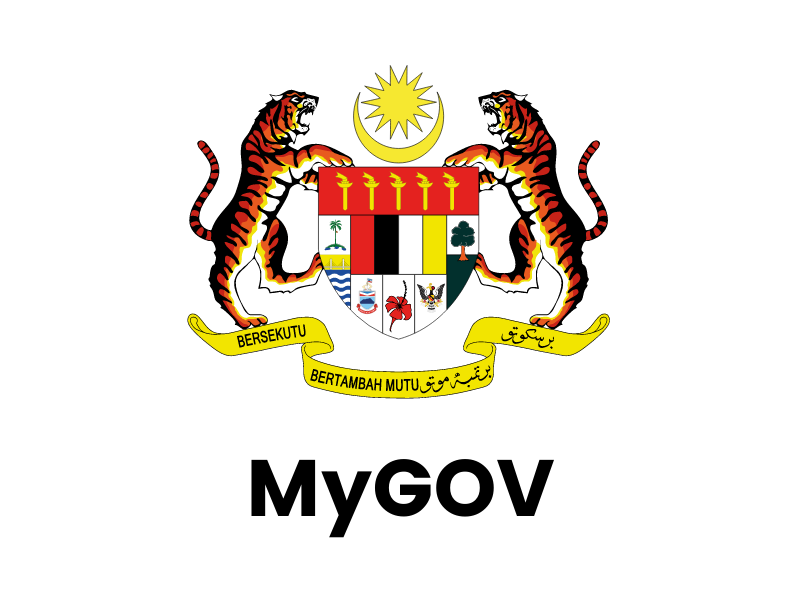Crape Myrtle : The reds before the fall

Lagerstroemia floribunda originates from tropical Southeast Asia. It is a member of the Lythraceae family, which also includes henna and pomegranate. The genus is named after the Swedish botanist Magnus von Lagerstroem (1691-1759). Their delicate flowers are hermaphrodite (having both male and female organs), middle-sized, white, purple or lavender, up to 7.5 cm wide and have five petals that appear crumpled like crepe paper, giving rise to the common name “crape myrtle” or “crepe myrtle”. The leaves of bungor are oblong, up to 30 cm long and 13 cm wide and are quite leathery. The fruit is a capsule, which is dry at maturity and splits open to release the winged seeds. When grown as trees, it can grow up to 15 m tall. Close relatives of this species, Lagerstromia speciosa and and L. langkawiensis can also be found at FRIM.
Lagerstroemia speciosa leaves are utilized in the Philippines as a folk medicine for the treatment of diabetes and kidney diseases. In laboratory experiments leaf extracts are reported to stimulate glucose uptake in a dose-dependent manner in similar ways to insulin. A tea produced from the leaves of L. speciosa is currently available. The wood is resistant to waterlogging and therefore is valuable for the construction of boats, shipbuilding, furniture and construction industry. There are many cultivars of Lagestromia speciosa planted on roadsides, in office compounds, public parks and gardens. In FRIM, you can see this tree with its reddish leaves in front of the auditorium (Building E1). L. floribunda can be seen in Kepong Botanic Gardens and L. langkawiensis can be observed near Building D4, FRIM.
Text prepared by Norhayati N. and Noor Azlin Y., 26 Februari 2013. The weekly weather was 26° to 32°C and cloudy.










